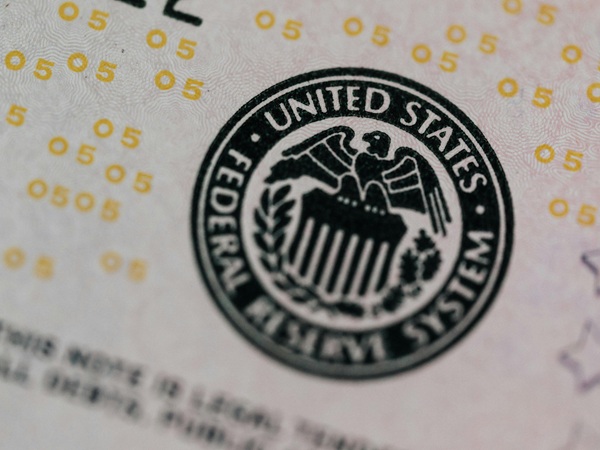WASHINGTON—The Federal Reserve lowered its benchmark interest rate by a quarter of a percentage point on Wednesday, marking the central bank’s first rate cut since December 2024 and signaling a shift toward easier monetary policy amid concerns over a softening labor market.
In an 11-1 vote, the Federal Open Market Committee reduced the target range for the federal funds rate to 4% to 4.25%, down from the previous 4.25% to 4.50% where it had been held steady for nine months. The decision, which was widely anticipated by economists and financial markets, comes as inflation has eased but remains above the Fed’s 2% target, while recent data shows signs of weakening in the job market, including fewer job openings and slower hiring.
Fed Chair Jerome Powell, speaking at a press conference following the announcement, emphasized that the move was intended to support economic growth and employment without letting inflation reignite. “The committee judges that the risks to achieving its employment and inflation goals are moving into better balance,” Powell said, according to the Fed’s statement. He added that the central bank would continue to monitor incoming data, including labor market indicators and inflation trends, to guide future decisions.
The lone dissenting vote came from Stephen Miran, a newly confirmed Fed governor and appointee of President Donald Trump, who advocated for a larger 50 basis point cut. Miran’s dissent highlights internal divisions at the Fed, particularly amid political pressures from the White House. Trump has repeatedly urged the central bank to lower rates more aggressively, posting on social media earlier this week that the FOMC “MUST CUT INTEREST RATES, NOW, AND BIGGER THAN [Powell] HAD IN MIND.” Miran, who was sworn in just days before the meeting after Senate confirmation, has drawn scrutiny for not resigning from his role as Trump’s top economic adviser, raising questions about the Fed’s independence from political influence.
The updated “dot plot” of policymakers’ projections, released alongside the decision, indicated that most officials now anticipate two additional quarter-point cuts by the end of 2025, bringing the federal funds rate down to a range of 3.5% to 3.75%. However, one official’s projection suggested even more aggressive easing, reflecting the divergent views within the committee. Economists noted that while inflation risks from potential tariffs and other factors persist, the softening labor market — with unemployment ticking up slightly in recent reports — has taken precedence.
Markets reacted positively but modestly to the announcement. The Dow Jones Industrial Average rose about 0.3% in afternoon trading, while the S&P 500 and Nasdaq Composite each gained around 0.4%. Bond yields dipped slightly, with the 10-year Treasury yield falling to around 3.8%, and the U.S. dollar weakened against major currencies. Investors largely viewed the cut as a “goldilocks” outcome — neither too dovish nor too hawkish — though attention now turns to upcoming economic data for clues on the pace of future reductions.
The decision caps a period of relative stability in Fed policy, following a series of rate hikes in 2023 and 2024 to combat post-pandemic inflation. Since holding rates steady in July, incoming data has shown core inflation cooling to about 2.9% by mid-2025, per models from the Federal Reserve Bank of Cleveland, but with persistent pressures in areas like housing and services. The labor market, a key focus for the Fed’s dual mandate of maximum employment and price stability, has shown cracks, with the Job Openings and Labor Turnover Survey (JOLTS) reporting fewer vacancies and reduced hiring rates.
Critics, including some economists, worry that political interference could undermine the Fed’s credibility. “Dissent is generally a healthy thing,” said Narayana Kocherlakota, a former Minneapolis Fed president, in comments to CNN. But he cautioned that disagreements “shaped by a desire to please President Trump” would be problematic. Separately, the meeting unfolded against the backdrop of ongoing efforts by the Trump administration to remove Fed Governor Lisa Cook, adding to the politicized atmosphere.
Powell reiterated the Fed’s commitment to its independence, stating that decisions are data-driven and not influenced by external pressures. The next FOMC meeting is scheduled for November 2025, where officials will reassess the economic outlook. For now, Wednesday’s cut is expected to provide some relief to consumers and businesses, potentially lowering borrowing costs for mortgages, auto loans and credit cards in the coming months.
Photo via Pexels


